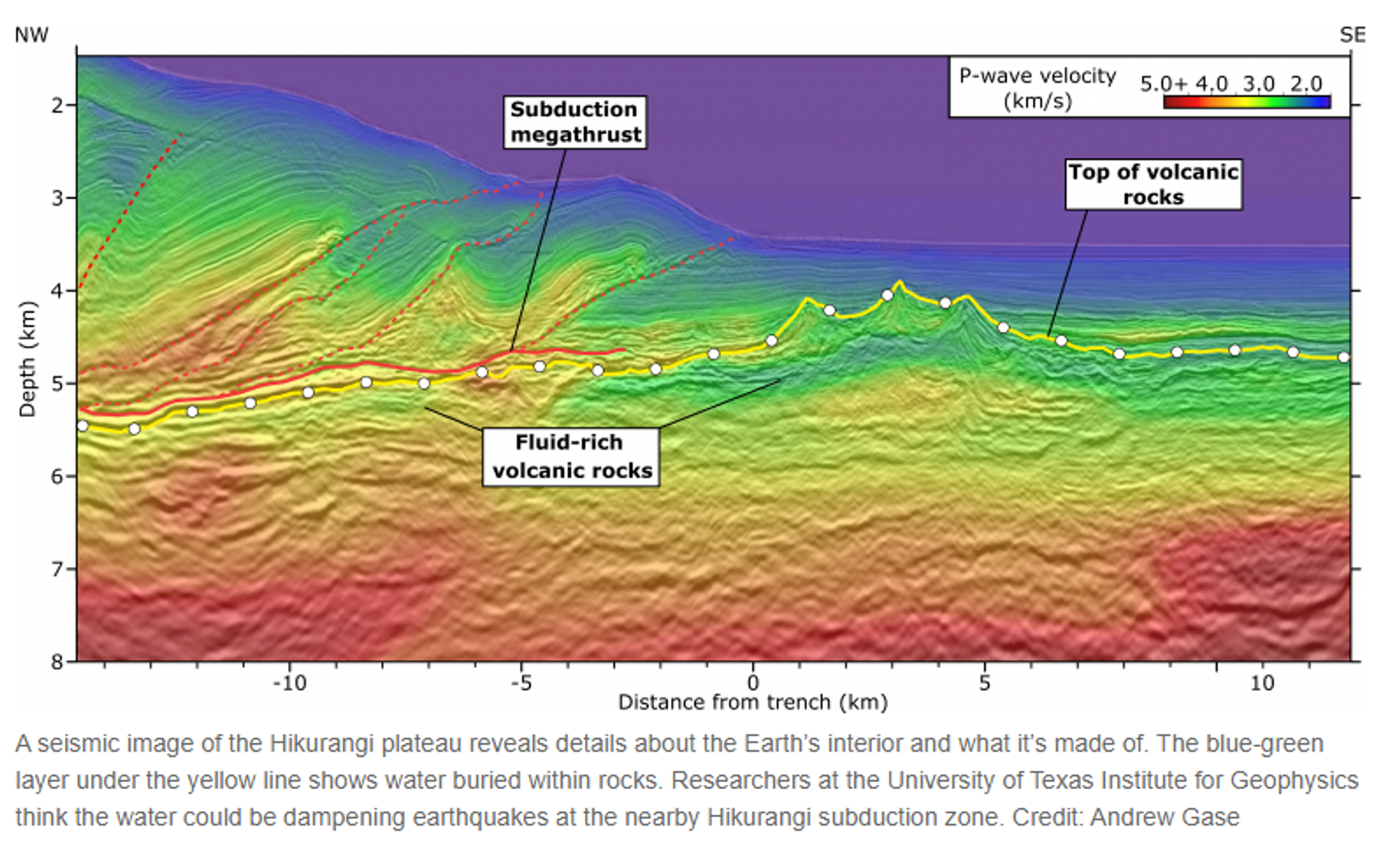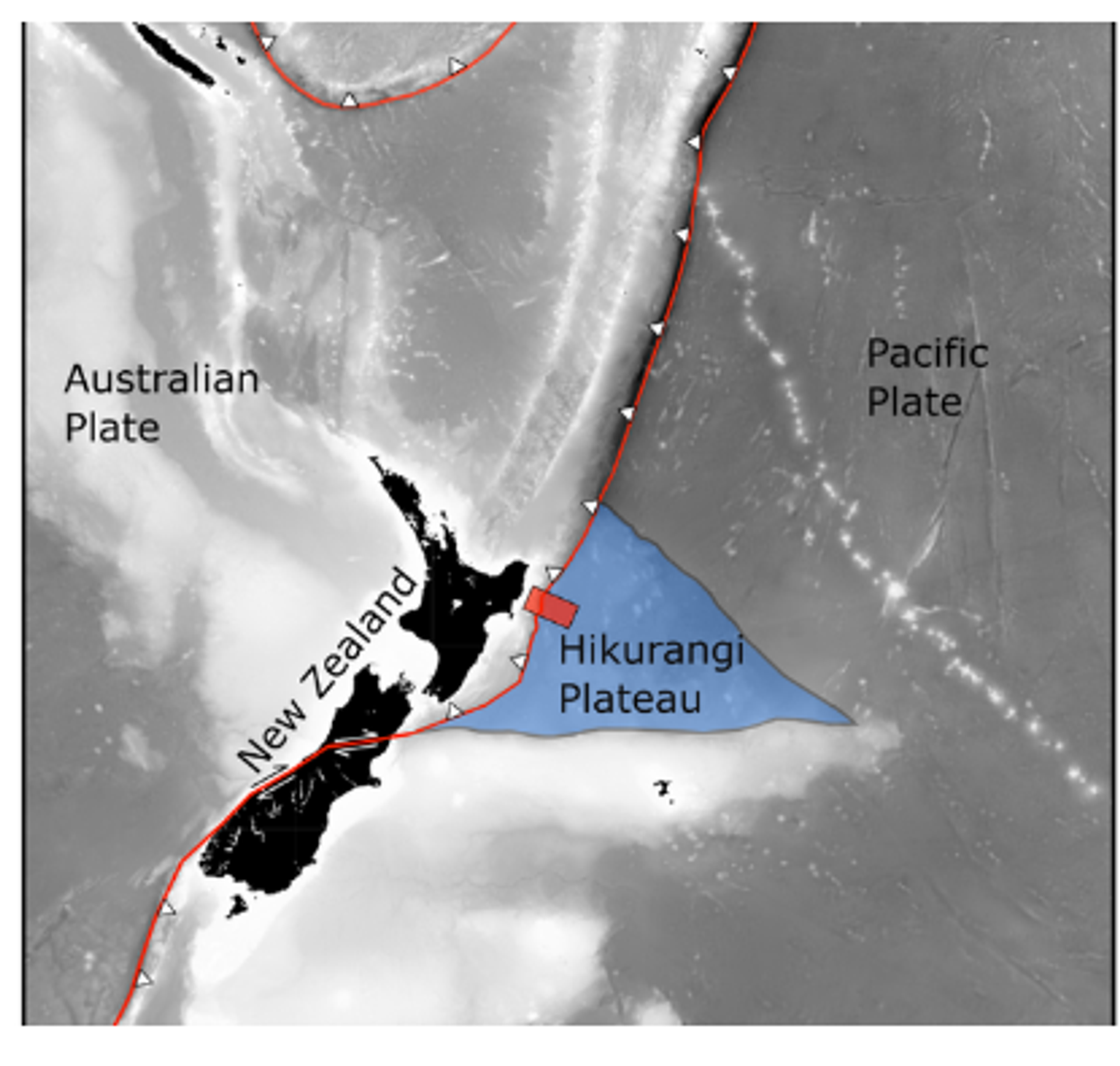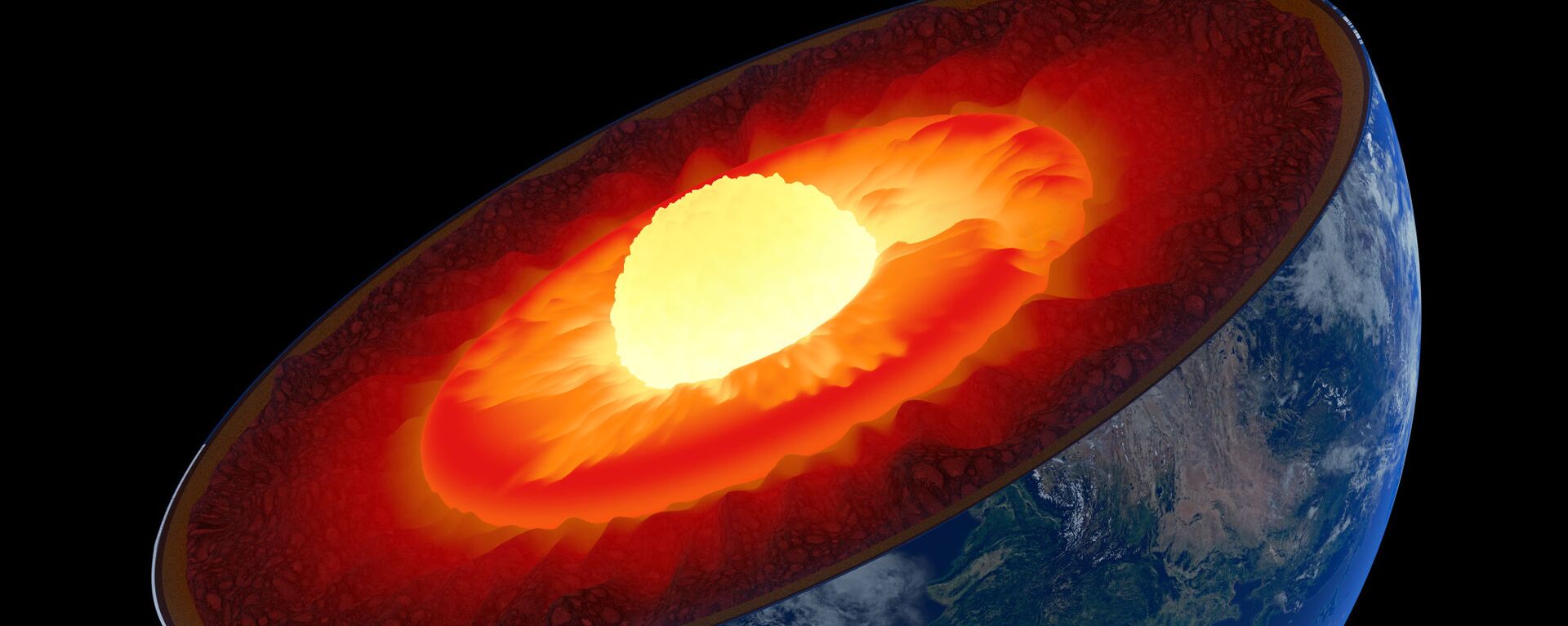https://sputnikglobe.com/20231012/huge-water-reservoir-lurks-deep-under-pacific-ocean-study-finds-1114133164.html
Huge Water Reservoir Lurks Deep Under Pacific Ocean, Study Finds
Huge Water Reservoir Lurks Deep Under Pacific Ocean, Study Finds
Sputnik International
A water reservoir as large as a sea lies buried deep inside Earth's crust, locked there in the aftermath of volcanic eruptions 125 million years ago, research has revealed.
2023-10-12T14:02+0000
2023-10-12T14:02+0000
2023-10-12T14:02+0000
beyond politics
science & tech
earth
pacific
new zealand
https://cdn1.img.sputnikglobe.com/img/07e7/0a/0c/1114134103_0:1:774:436_1920x0_80_0_0_001d8c16076b0a8f191cfd8588967de2.png
A water reservoir as large as a sea lies buried deep inside Earth's crust, locked there in the aftermath of volcanic eruptions 125 million years ago, research has revealed.This underwater basin was found 3.2km under the Pacific ocean floor, 15km away from the Hikurangi fault. The latter is a subduction zone believed to be the largest birthplace of earthquake and tsunami threats in New Zealand, according to research published in the journal Science Advances.The volcanic plateau which was formed during one of planet Earth’s largest volcanic eruptions known to science during the early Cretaceous period, causing a massive lava plume, was revealed by a 3D seismic image.The fault had intrigued scientists because it has a history of producing “slow-motion” earthquakes. Another term for these tremors is “slow-slip events” and they are the result of tectonic pressure being released. But the mystery that the authors of the research sought to unravel was why these tremors occurred more often at some faults than at others. There had been speculation that buried water could cause these slow-slip earthquakes.University of Texas Institute for Geophysics (UTIG) researchers had relied on ocean research cruises and ocean drilling. The 3D seismic image of the volcanic plateau revealed layers of sediments around the buried volcanoes. After volcanic rock samples were retrieved in the course of drilling, it was discovered that water made up nearly half of their volume.During the ancient eruptions, some of the volcanoes had been eroded to a degree that they became porous, locking in water, according to Gase.The scientists think that the ancient volcanoes and rocks that transformed over time into clays are storing huge volumes of water as they are further consumed by the fault. Furthermore, the same could be true for Earth's other earthquake faults, said study coauthor, UTIG Director Demian Saffer.
https://sputnikglobe.com/20220722/earths-crust-drips-like-cold-syrup-into-planets-core-study-says-1097699836.html
earth
pacific
new zealand
Sputnik International
feedback@sputniknews.com
+74956456601
MIA „Rossiya Segodnya“
2023
News
en_EN
Sputnik International
feedback@sputniknews.com
+74956456601
MIA „Rossiya Segodnya“
Sputnik International
feedback@sputniknews.com
+74956456601
MIA „Rossiya Segodnya“
water reservoir, earth's crust, ancient volcanic eruptions, hikurangi fault, hikurangi subduction zone
water reservoir, earth's crust, ancient volcanic eruptions, hikurangi fault, hikurangi subduction zone
Huge Water Reservoir Lurks Deep Under Pacific Ocean, Study Finds
As a collaboration of researchers were mapping a geological fault stretching along the east coast of New Zealand's North Island, analysis of rocks drilled up from the ocean floor showed they were abnormally "wet", prompting the scientists to investigate further.
A water reservoir as large as a sea lies buried deep inside
Earth's crust, locked there in the aftermath of volcanic eruptions 125 million years ago, research has revealed.
This underwater basin was found 3.2km under the Pacific ocean floor, 15km away from the
Hikurangi fault. The latter is a subduction zone believed to be the largest birthplace of earthquake and tsunami threats in New Zealand, according to research
published in the journal Science Advances.
The volcanic plateau which was formed during one of planet Earth’s largest volcanic eruptions known to science during the early Cretaceous period, causing a massive lava plume, was revealed by a 3D seismic image.
The fault had intrigued scientists because it has a history of producing “slow-motion” earthquakes. Another term for these tremors is “slow-slip events” and they are the result of tectonic pressure being released. But the mystery that the authors of the research sought to unravel was why these tremors occurred more often at some faults than at others. There had been speculation that buried water could cause these slow-slip earthquakes.
University of Texas Institute for Geophysics (UTIG) researchers had relied on ocean research cruises and ocean drilling. The 3D seismic image of the volcanic plateau revealed layers of sediments around the buried volcanoes. After volcanic rock samples were retrieved in the course of drilling, it was discovered that water made up nearly half of their volume.
“Normal ocean crust, once it gets to be about 7 or 10 million years old should contain much less water,” said study lead author Andrew Gase, at the time a post-doctoral fellow at UTIG.
During the ancient eruptions, some of the volcanoes had been eroded to a degree that they became porous, locking in water, according to Gase.
“We can’t yet see deep enough to know exactly the effect on the fault, but we can see that the amount of water that’s going down here is actually much higher than normal,” he said.
The scientists think that the
ancient volcanoes and rocks that transformed over time into clays are storing huge volumes of water as they are further consumed by the fault. Furthermore, the same could be true for Earth's other earthquake faults, said study coauthor, UTIG Director Demian Saffer.
“It’s a really clear illustration of the correlation between fluids and the style of tectonic fault movement — including earthquake behavior. This is something that we’ve hypothesized from lab experiments, and is predicted by some computer simulations, but there are very few clear field experiments to test this at the scale of a tectonic plate.”





